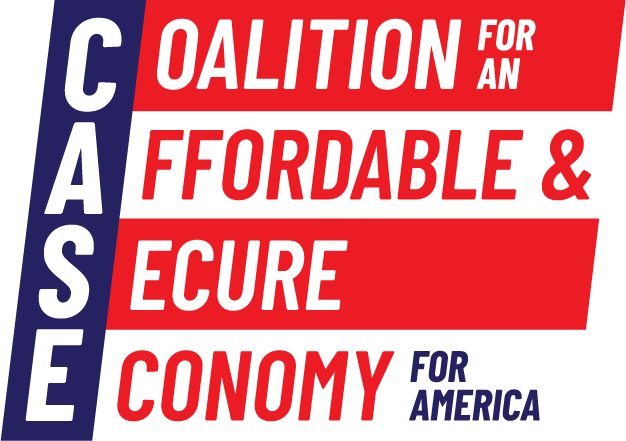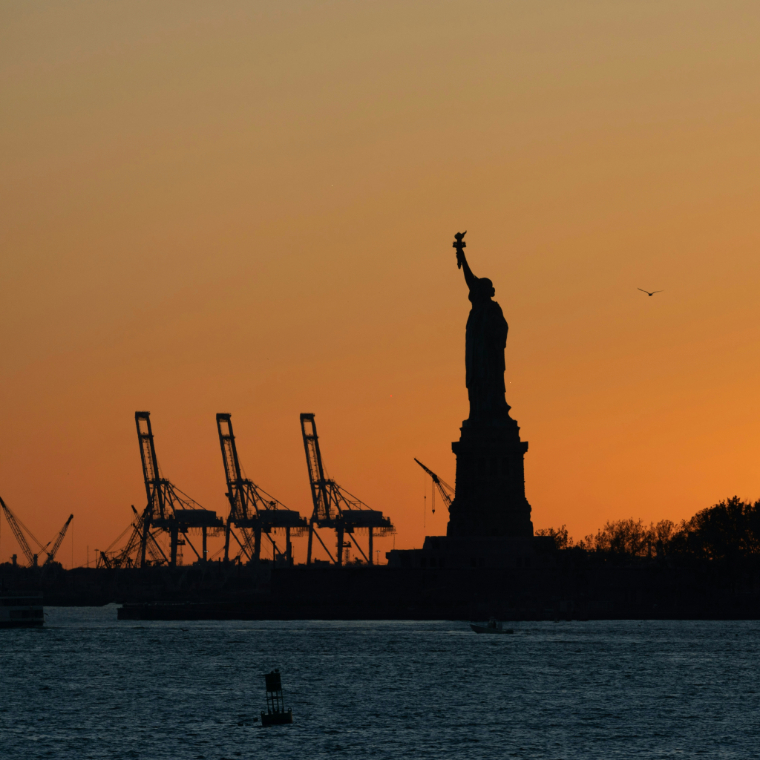- New tariffs would impact everyday consumer goods such as fruits and coffee, according to the National Taxpayers Union. Based on 2023 imports and a 20 percent import tax, bananas – the most popular fresh fruit in the United States – would increase their cost by roughly $400 million, while the cost of coffee would increase by $1.6 billion.
- BCA Research found that a 10 percent tariff would raise the average retail gasoline price by 5 percent. For example, a national average of $3.35 per gallon would rise to $3.50.
- The Tax Foundation estimates new tariffs would shrink economic output by 0.4 percent and increase taxes by $1.1 trillion between 2025 and 2034 on a conventional basis. This amounts to an average tax increase of more than $800 per U.S. household in 2025.
- The 2018 and 2019 tariffs imposed on Americans amounted to one of the largest tax increases in decades, valuing $380 billion.
- An NPR/PBS News/Marist poll found Americans believe “tariffs will hurt rather than help the economy” by a 48 percent to 31 percent margin.
- A Cato Institute poll found “three-fourths (75%) [of respondents] are concerned about tariffs raising the prices of products they buy at the store,” while 63 percent of respondents favor the United States increasing trade with other nations.
- Consumer goods ranging from produce, t-shirts, clothes and cellphones stand to increase in price if new tariffs are implemented, according to an analysis from The Washington Post.
- According to a study from the National Retail Federation, American consumers could lose between $46 billion and $78 billion in spending power each year if new tariffs on imports to the United States are implemented.
- New tariffs would greatly impact the costs of goods, and consumers can expect to pay “$13.9 billion to $24 billion more for apparel; $8.8 billion to $14.2 billion more for toys; $8.5 billion to $13.1 billion more for furniture; $6.4 billion to $10.9 billion more for household appliances; $6.4 billion to $10.7 billion more for footwear, and $2.2 billion to $3.9 billion more for travel goods.”

